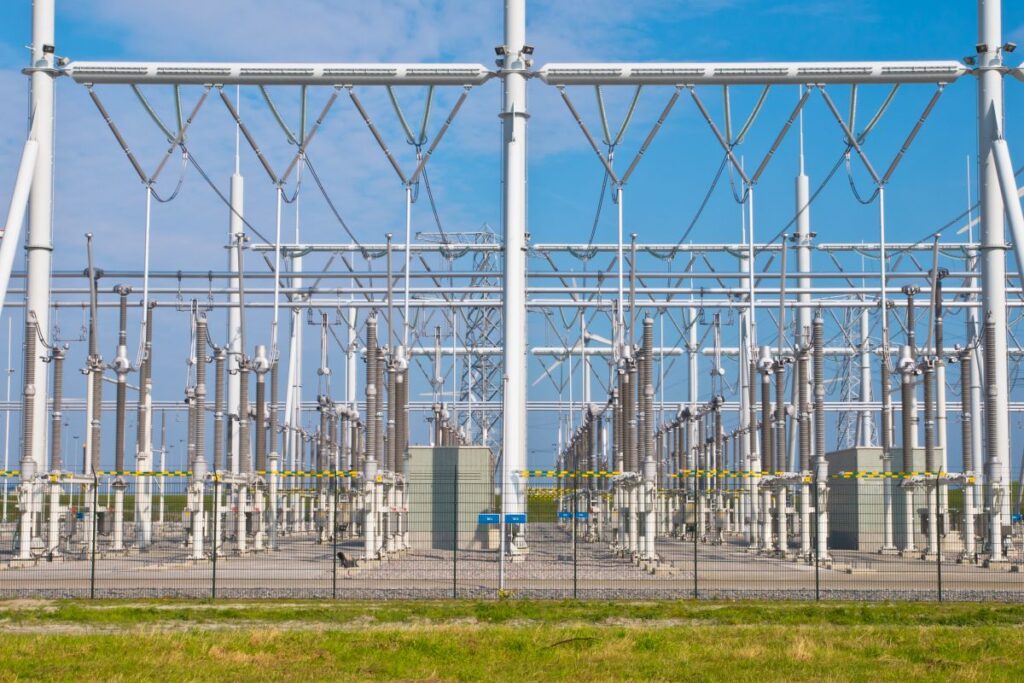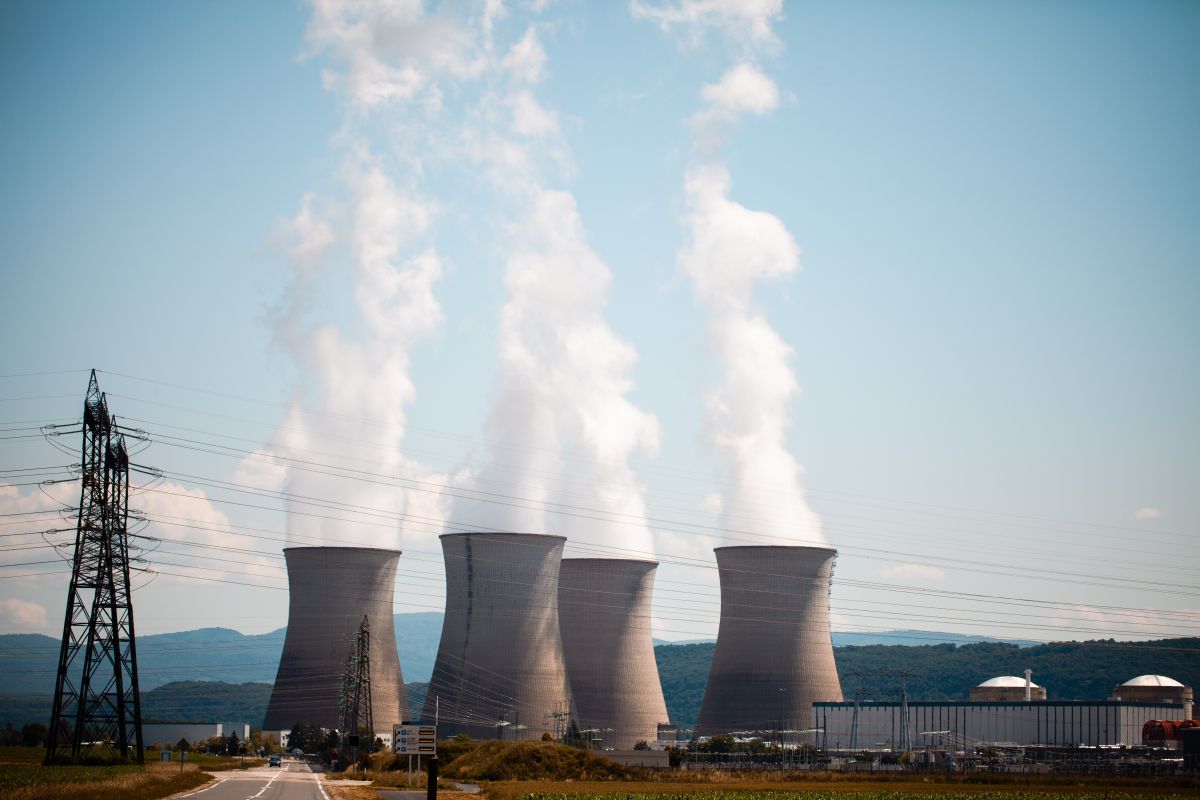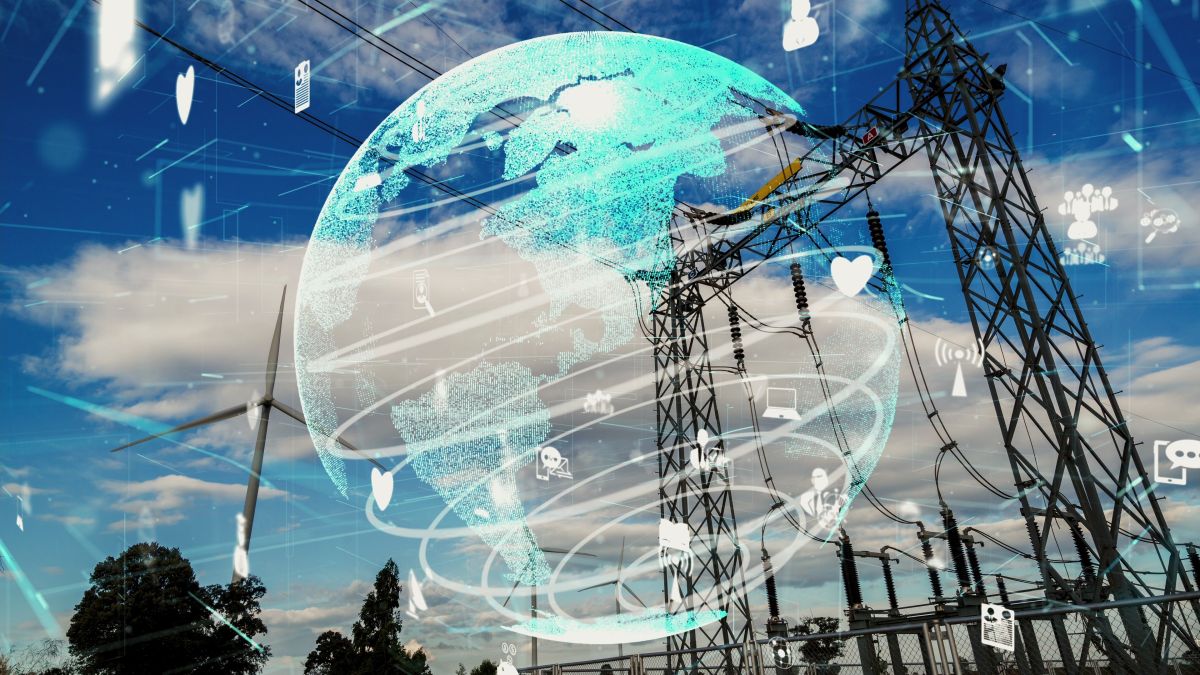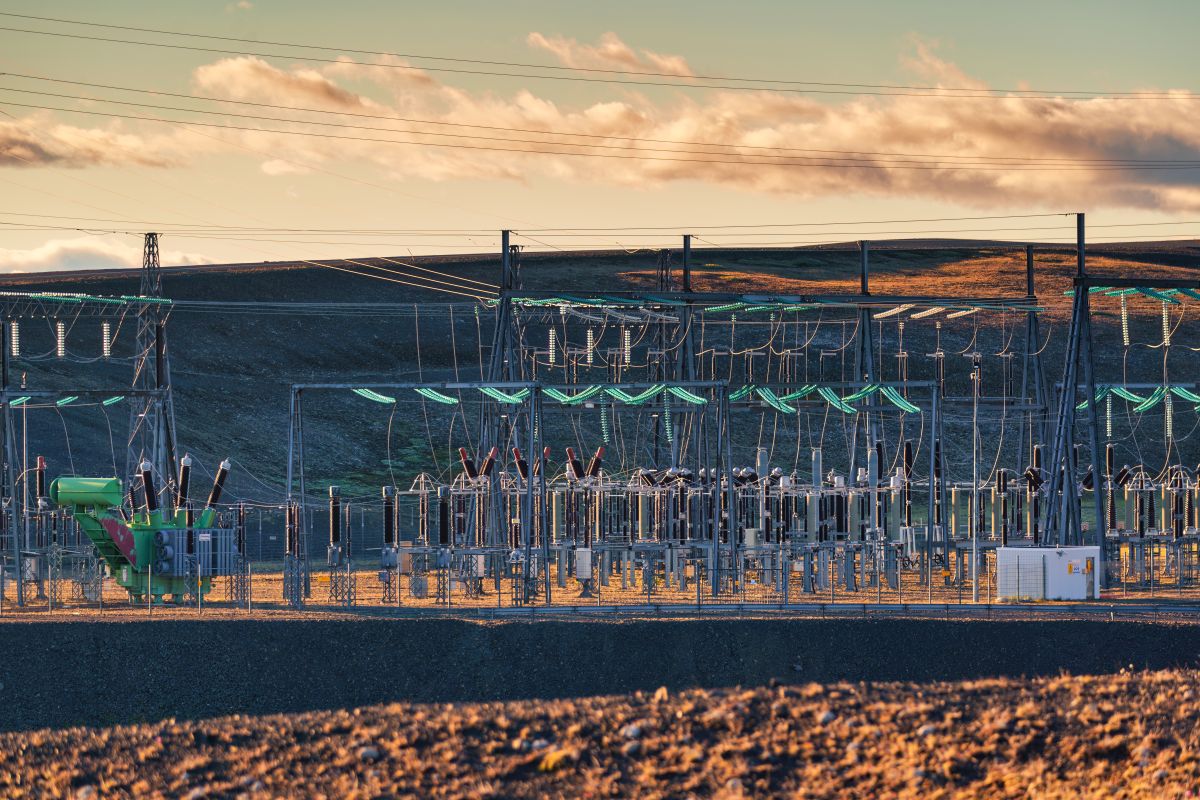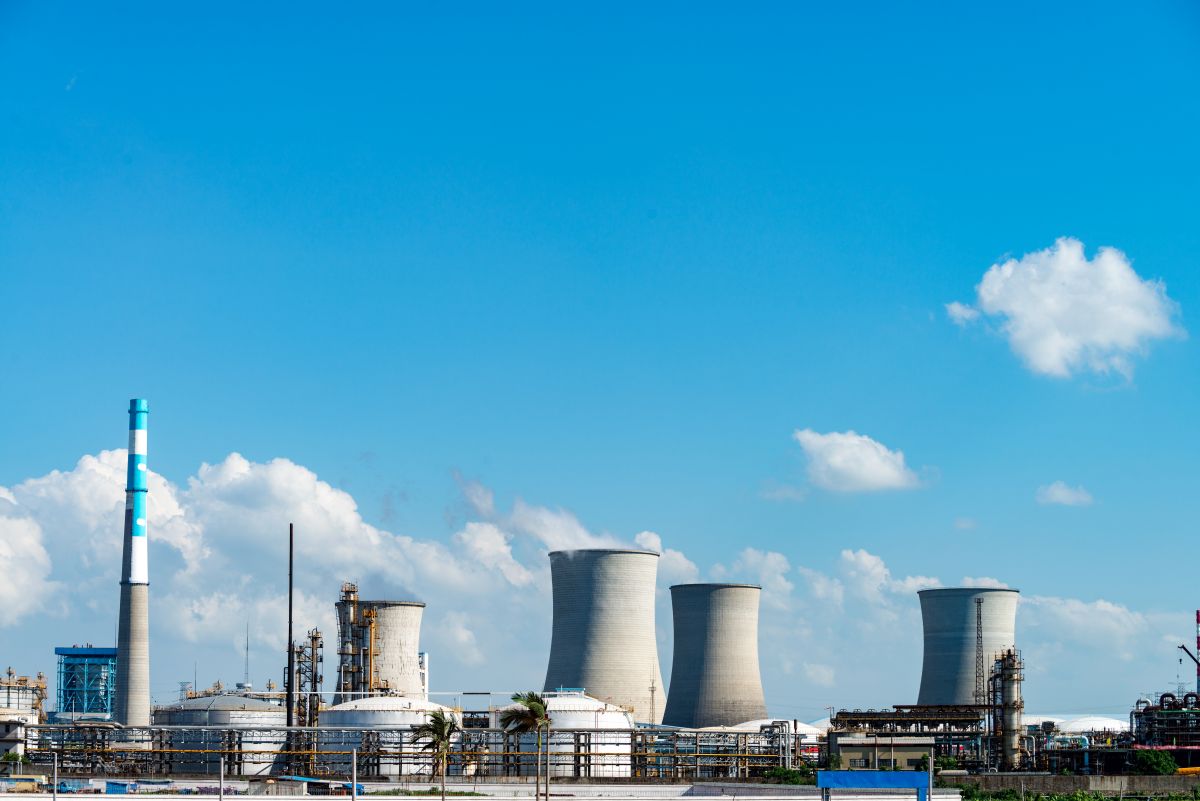The next wave of digital transformation is gaining momentum as major technology firms ramp up spending on artificial intelligence, cloud infrastructure, and next-generation data solutions. Data center development is skyrocketing and plays a vital role in supporting all kinds of modern technologies. Still, the fast growth in the U.S. puts a lot of strain on its energy systems, causing issues for those in charge of policy, energy provision, and technology.
The Scale of the Surge
Data centers have rapidly become power-hungry giants in America’s energy landscape. According to U.S. Department of Energy estimates, these facilities may consume almost 9% of the nation’s electricity by 2030—a staggering increase that would more than double their current energy footprint. This dramatic increase stems primarily from artificial intelligence operations, where both the training of complex algorithms and their ongoing implementation demand extraordinary amounts of processing power, subsequently creating massive energy and cooling requirements.
Regions such as Northern Virginia—already home to over 200 data centers—are reaching grid saturation points. In one July 2024 incident, voltage instability caused by the simultaneous disconnection of over 60 data centers created a sudden power imbalance, underscoring the fragility of the existing infrastructure.
A New Category of Grid Risk
The North American Electric Reliability Corporation (NERC) has issued warnings regarding escalating power consumption levels and their potential to compromise the reliability of electrical transmission networks. Two key drivers—exploding data center needs and widespread electrification initiatives—are creating unprecedented challenges for power system operators. Traditional power consumption follows steady, forecastable patterns, but today’s emerging electrical loads behave fundamentally differently. These new demand sources, often clustered geographically and prone to dramatic fluctuations, introduce unique grid management complexities. Such irregular load profiles severely challenge real-time power balancing efforts, elevating the likelihood of service disruptions while compelling system operators to implement costly mitigation measures.
In several states, Big Tech companies have requested energy allotments that exceed the existing capacity of local grids, delaying new developments and causing friction with public stakeholders.
Big Tech’s Response: Investing in Self-Sufficiency
Facing growing grid constraints, major technology firms are pursuing unconventional power solutions. Amazon made headlines last year by acquiring a Pennsylvania data center directly supplied by a nuclear facility—a first for the industry. Meanwhile, Microsoft is investigating more ambitious nuclear strategies, including studies to repurpose decommissioned plants. Industry analysts note the Three Mile Island site, inactive since 2019, has emerged as a potential candidate for such reactivation efforts. Meta has also entered a long-term contract with Constellation Energy to secure energy from the Clinton Clean Energy Center in Illinois.
These developments signal an evolving trend—Big Tech is not only consuming power but also reshaping the energy landscape to secure long-term reliability for its operations.
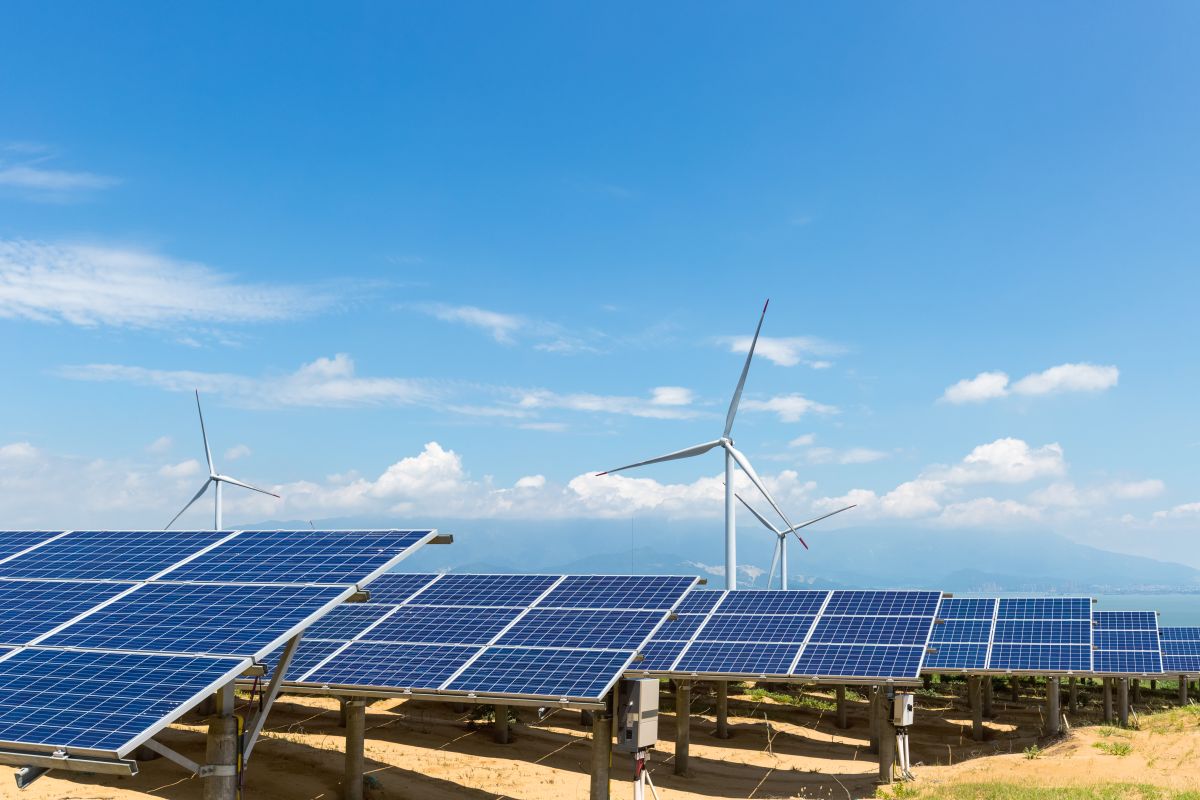
Towards Resilient and Smarter Grid Solutions
To balance digital innovation with energy reliability, forward-thinking strategies are needed.
- Grid-Aware Data Center Operations: Deploying software that modulates compute workloads based on real-time grid signals can reduce stress during peak hours.
- Energy Efficiency Metrics: Transitioning from generic efficiency ratings to metrics like “energy per AI inference” could incentivize meaningful improvements in infrastructure.
- Demand Response Participation: Due to their elasticity, high-performance computing systems are well-positioned to participate in grid services and balance supply-demand gaps.
Moving forward, grid planners must prioritize the integration of distributed energy resources, localized microgrid systems, and collaborative utility agreements. Such measures will become indispensable for utilities and regulators as they upgrade critical systems to accommodate specialized, high-demand consumers.
Conclusion
Major technology companies are driving unprecedented growth in data center development, highlighting digital infrastructure’s vital contribution to today’s economy. Yet this acceleration creates substantial challenges for energy oversight bodies and grid operators. Ensuring consistent power reliability amidst these changes requires comprehensive solutions—including updated regulatory frameworks, advanced utility sector approaches, and ongoing collaboration between tech and energy industries. At Certrec, we specialize in energy compliance and risk management, offering critical expertise to help organizations navigate these evolving demands.
How much energy do Big Tech data centers consume in the U.S.?
Why is Big Tech’s data center growth a concern for U.S. grid stability?
What is the projected growth rate of Big Tech data centers through 2030?
Is the current U.S. grid prepared for Big Tech’s long-term energy growth?
How much influence does Big Tech have on U.S. grid policy?
Disclaimer: Any opinions expressed in this blog do not necessarily reflect the opinions of Certrec. This content is meant for informational purposes only.


